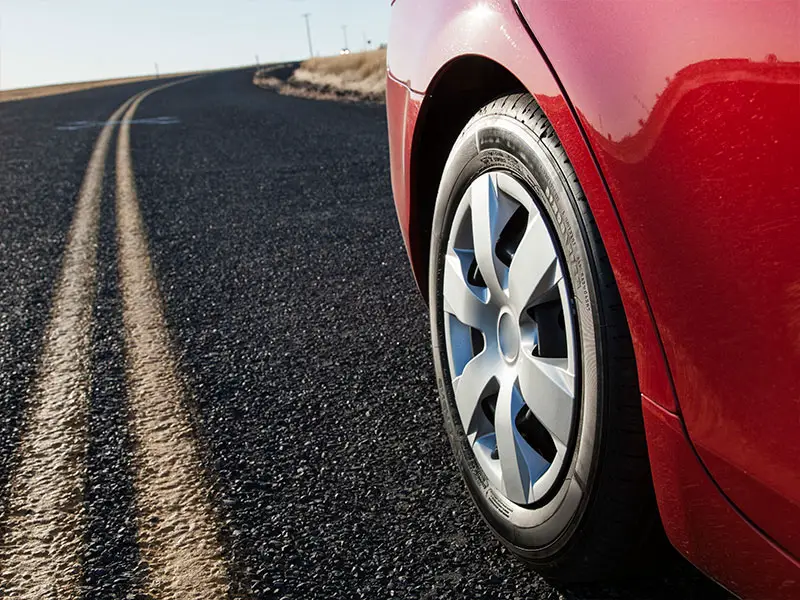Are you experiencing a bumpy ride and wondering if tire rotation could be the culprit? Tire maintenance is crucial for proper vehicle functioning, but can it accidentally throw off your alignment?
In this post, we’ll tackle this common question and provide expert insights on whether tire rotation affects your car’s alignment. Buckle up, because you’re about to learn some fascinating facts about tires!
What is tire rotation and why do it?
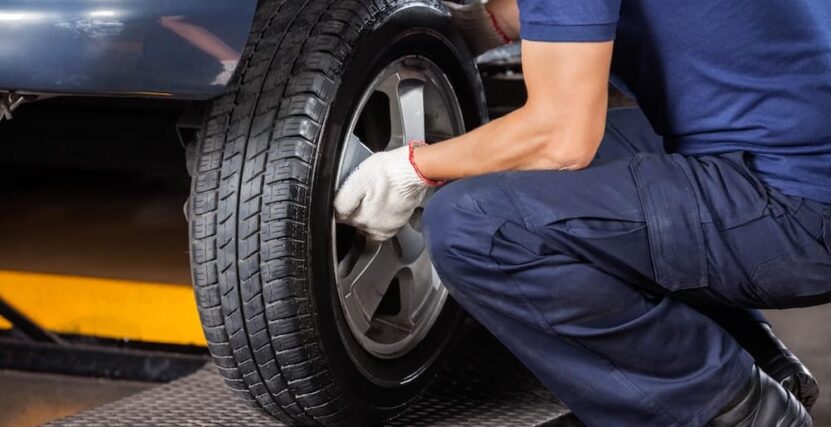
Tire rotation is the practice of moving your tires from one position to another on your vehicle. This is usually done in a front-to-back or back-to-front pattern. The purpose of it is to even out tread wear and prevent premature tire wear.
Rotation of a tire can also help improve gas mileage and extend the life of your tires. When done properly, it can also help prevent alignment issues.
Tire rotation is an essential maintenance task for any vehicle owner. It involves changing the position of the tires on a car, truck, or SUV in a specific pattern to promote even wear and extend tire life.
There are several different patterns that mechanics use to rotate tires, depending on the type of vehicle and the type of tires. The most common one is the cross-rotation pattern, which involves moving the front tires to the rear and the rear tires to the front, but switching sides. For example, the right front tire would go to the left rear position, and the left rear tire would go to the right front position.
Why is tire rotation important?
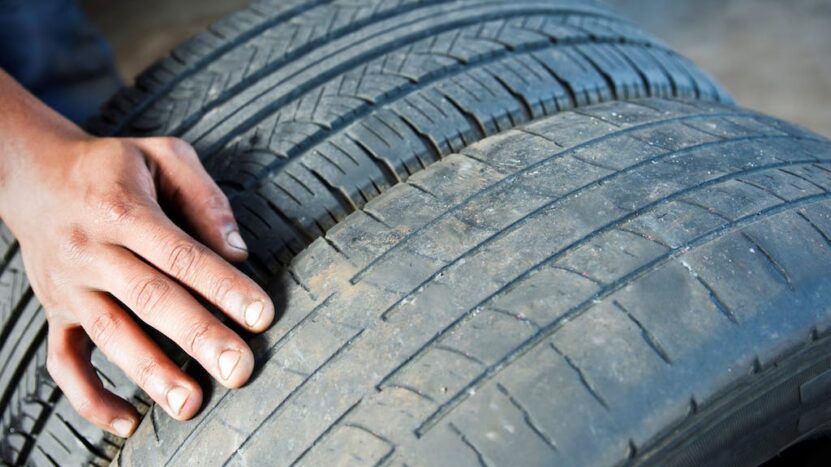
Tire rotation is important for several reasons. First, it helps to promote even tire wear. Tires wear differently depending on their position on a vehicle. The front tires, for example, experience more wear and tear than the rear tires because they handle more of the braking and steering forces. By rotating the tires, you can spread out the wear and tear, which helps to extend the life of the tires.
Also, tire rotation can help improve the handling and performance of your vehicle. Uneven tire wear can cause your vehicle to pull to one side or the other, or it can affect the stability and balance of the car. By rotating the tires, you can maintain a consistent tread depth and ensure that all four tires are performing at their best.
Can tire rotation throw off alignment?
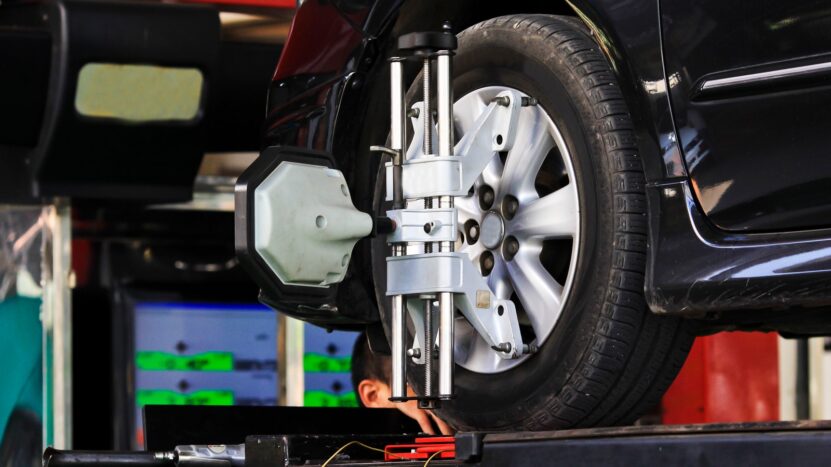
The short answer is no, tire rotation should not throw off the alignment of your vehicle. It is a straightforward procedure that involves only moving the tires from one position to another. It does not involve any adjustments to the steering or suspension system, which are the components that affect the alignment of the wheels.
Alignment refers to the angle and direction of the wheels on a vehicle. Proper alignment ensures that the tires are perpendicular to the road and that the vehicle tracks straight and true. Misalignment, on the other hand, can cause a range of problems, including uneven tire wear, poor handling, and reduced fuel efficiency.
If your vehicle is properly aligned before you rotate your tires, it should remain aligned after the rotation. However, if your vehicle is already out of alignment, tire rotation alone will not correct the problem. You may need to have your alignment adjusted separately by a mechanic.
How can you tell if your vehicle is out of alignment?

There are several signs that your vehicle may be out of alignment. These include:
- Uneven tire wear – If the tires are wearing unevenly, it may be a sign that the wheels are not aligned properly. Look for signs of wear on the inside or outside edge of the tire, or for cupping, which is when the tire tread forms a series of small, rounded divots.
- Steering wheel vibration – If you feel a vibration in the steering wheel when you’re driving, it may be a sign that your wheels are out of balance or out of alignment.
- Pulling to one side – If your vehicle pulls to one side when you’re driving on a straight road, it may be a sign that the wheels are not aligned properly.
- Crooked steering wheel – If the steering wheel is not centered when you’re driving straight, it may be a sign that the wheels are not aligned properly.
If you notice any of these signs, it’s important to have your vehicle inspected by a mechanic. They can check the alignment of your wheels and make any necessary adjustments to ensure that your vehicle
How to fix an alignment problem
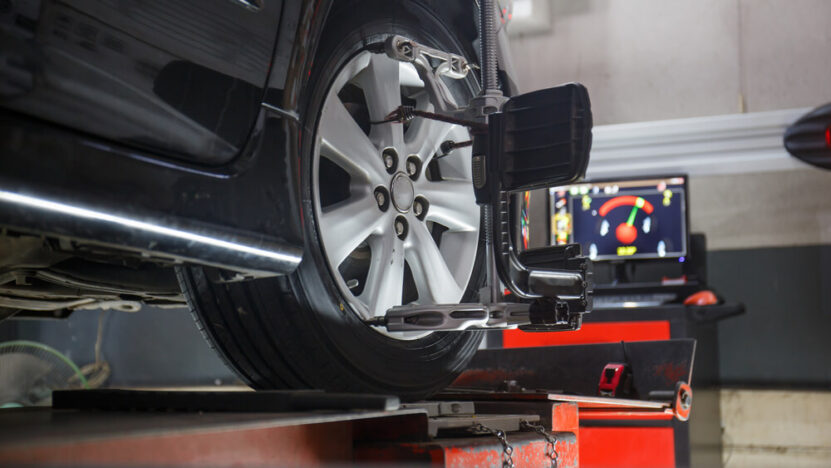
The approach to fixing an alignment problem will depend on the nature of the problem and what is causing it. Here are some general steps that may help:
- Identify the cause of the alignment problem – Before you can fix an alignment problem, you need to know what is causing it. The issue could be due to a number of factors such as uneven wear on the tires, a misaligned suspension system, or worn steering components.
- Check the tire pressure – Uneven tire pressure can cause alignment problems. Make sure that all the tires are properly inflated to the recommended levels.
- Check the tire wear – Uneven wear on the tires can also cause alignment problems. Check the tires for any signs of uneven wear, such as bald spots or cupping. If you notice any issues, it may be time to replace your tires.
- Check the suspension system – A misaligned suspension system can cause alignment problems. Check the suspension system for any signs of wear or damage, such as worn ball joints or bent control arms.
- Check the steering components – Worn steering components can also cause alignment problems. Check the steering components for any signs of wear or damage, such as worn tie rods or damaged steering knuckles.
- Get a professional alignment – If you have checked all of the above and the problem persists, it may be time to get a professional alignment. A professional mechanic can use special equipment to adjust the alignment angles to the manufacturer’s specifications.
Overall, it’s important to address alignment problems as soon as possible to prevent further damage to your vehicle and to ensure safe driving.
Conclusion
In conclusion, tire rotation can throw off alignment in some cases. It is important to have your vehicle checked after a tire rotation to ensure the tires are properly aligned and balanced for good performance, safety, and fuel efficiency.
Additionally, regular maintenance of your tires such as alignments and rotations should be done every 5,000 – 8,000 miles depending on what the manufacturer recommends for your car. With proper care and attention being given to your tires through periodic inspections, you can rest assured that they will provide you with safe driving conditions at all times.

